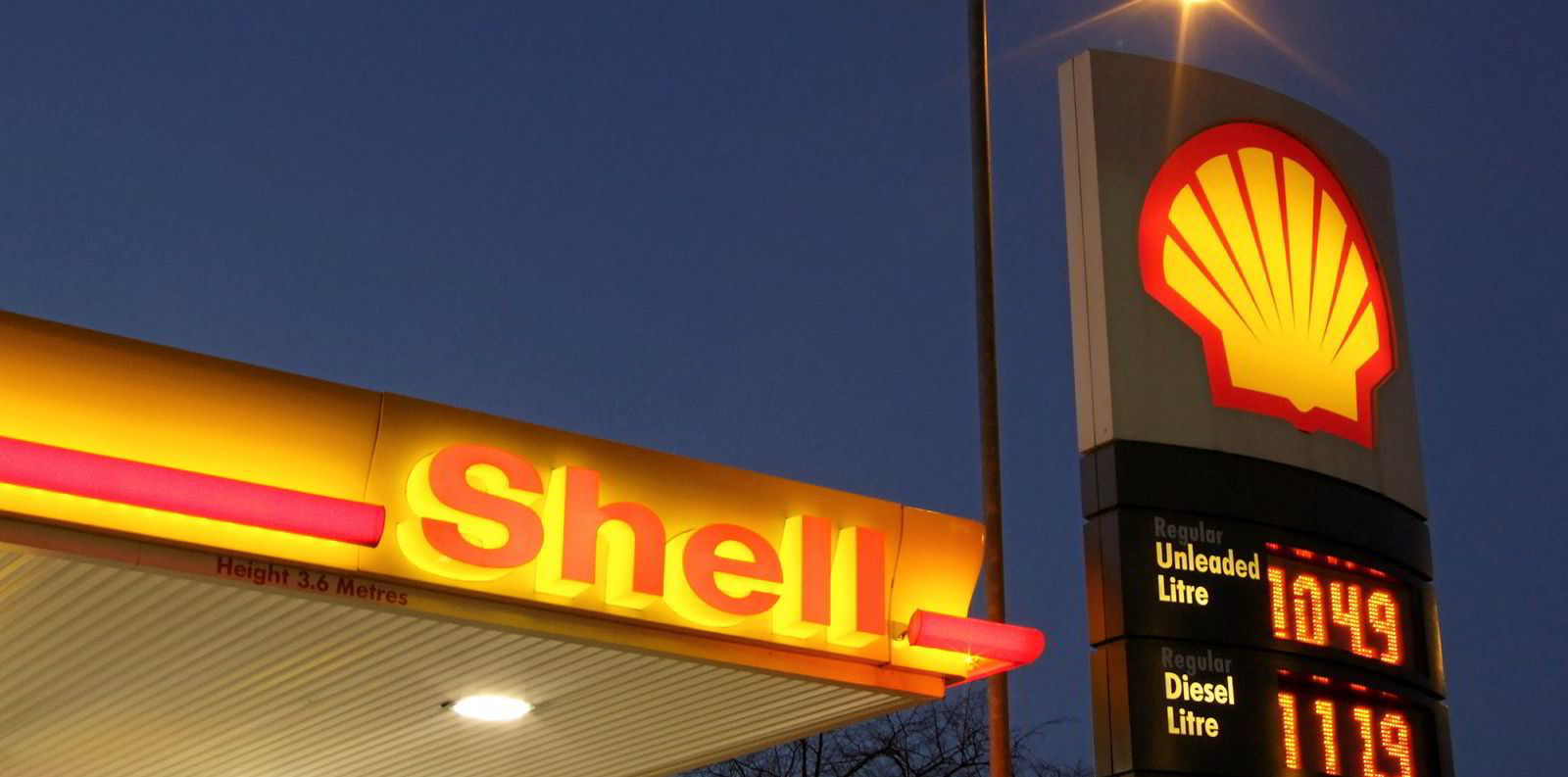Energy major Shell has been selected by Australian mining giant BHP to supply LNG as bunkers for five dual-fuelled 209,000-dwt bulk carriers that will transport iron ore from Australia to China, according to sources close to the deal.
Industry players said Shell had been competing with French major Total, Chinese privately-owned gas distributor ENN Energy and Singapore’s Pavilion Energy for the contract.
They added that Shell will bunker the vessels in Singapore.
BHP will be trading the five newcastlemaxes, which it chartered from Singapore’s Eastern Pacific Shipping (EPS) for five years, from the first half of 2022.
BHP sidestepped questions about the award. A spokesman said: “BHP is working with our suppliers and customers to drive actionable reductions in GHG [greenhouse gas] emissions across the maritime supply chain.
“We expect the recently announced LNG-fuelled vessels to reduce CO2 emissions by more than 30% per voyage compared to conventional fuel when travelling between Western Australia and China.”
Shell did not respond to TradeWinds’ request for confirmation and comment on its selection or the logistics of the bunkering.
The energy giant has established an LNG bunker supply company in Singapore, FueLNG, in partnership with Keppel Offshore & Marine .
The partners expect to put their first LNG bunker vessel, the 7,500-cbm newbuilding FueLNG Bellina, into operation before the end of the year.
Bunkering logistics
In September, Rasphal Bhatti, BHP vice president of maritime and supply chain, told TradeWinds that the LNG bunkering industry had grown significantly over the past two years.
“Previously, it was very much Rotterdam-centred. But Singapore has really taken the bull by the horns and has made significant progress from the operational perspective. So have Western Australia, China, South Korea and Japan,” he said.

At that time, Bhatti said Australia, Singapore and China were strong candidates for bunkering locations, since BHP did not plan to divert the vessels too far from their loading point in Port Hedland, Australia, while en route to China.
China’s Shanghai Waigaoqiao Shipbuilding (SWS) and New Times Shipbuilding are building the ships.
The vessels will each be fitted with two 3,100-cbm type-C LNG bunker tanks positioned at the side of the ships’ accommodation blocks.
The tank capacities will allow for at least two to three rounds of iron ore deliveries from Australia to China before the ships need to refuel.
Bhatti said the five ships will account for 10% of LNG bunkering in Asia, or 1.5% of global LNG bunkering, in 2022. The vessels will transport around 10m tonnes of iron ore per annum based on a ship making 10 voyages, each with a 200,000-dwt cargo.
Cutting emissions
Bhatti added that a LNG-fuelled newcastlemax bulk carrier will emit 35% less CO2 per annum compared with a conventional-fuelled ship, which discharges 43,000 tonnes of CO2.
BHP has been pursuing the concept of LNG-fuelled bulkers since 2017. It was one of the companies that Australian energy outfit Woodside was working with on the Green Corridor joint industry project.
Last week, Anglo American confirmed it had time-chartered four 190,000-dwt LNG-fuelled capesize bulk carriers from Taiwan’s U-Ming Marine & Transport for 10 years. The vessels will be built by SWS and are slated for delivery in 2023.
Anglo American said the LNG-fuelled bulk carriers will enable the company to carry up to 5m tonnes of product per year from its operations in Brazil and South Africa to its global customers.






